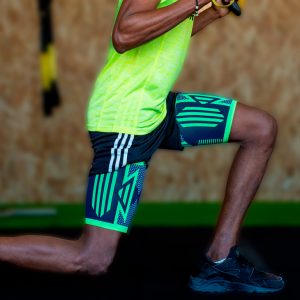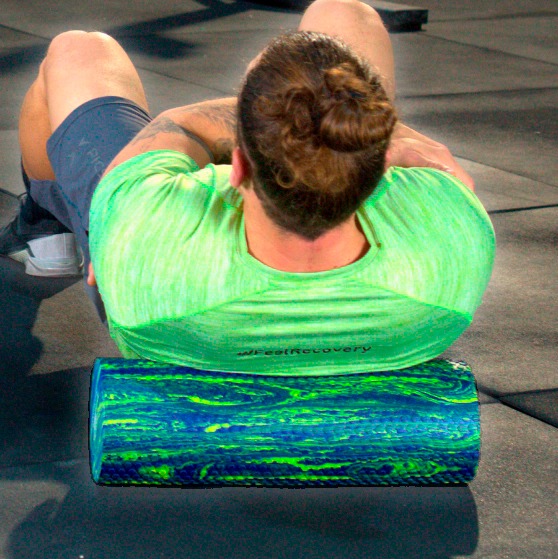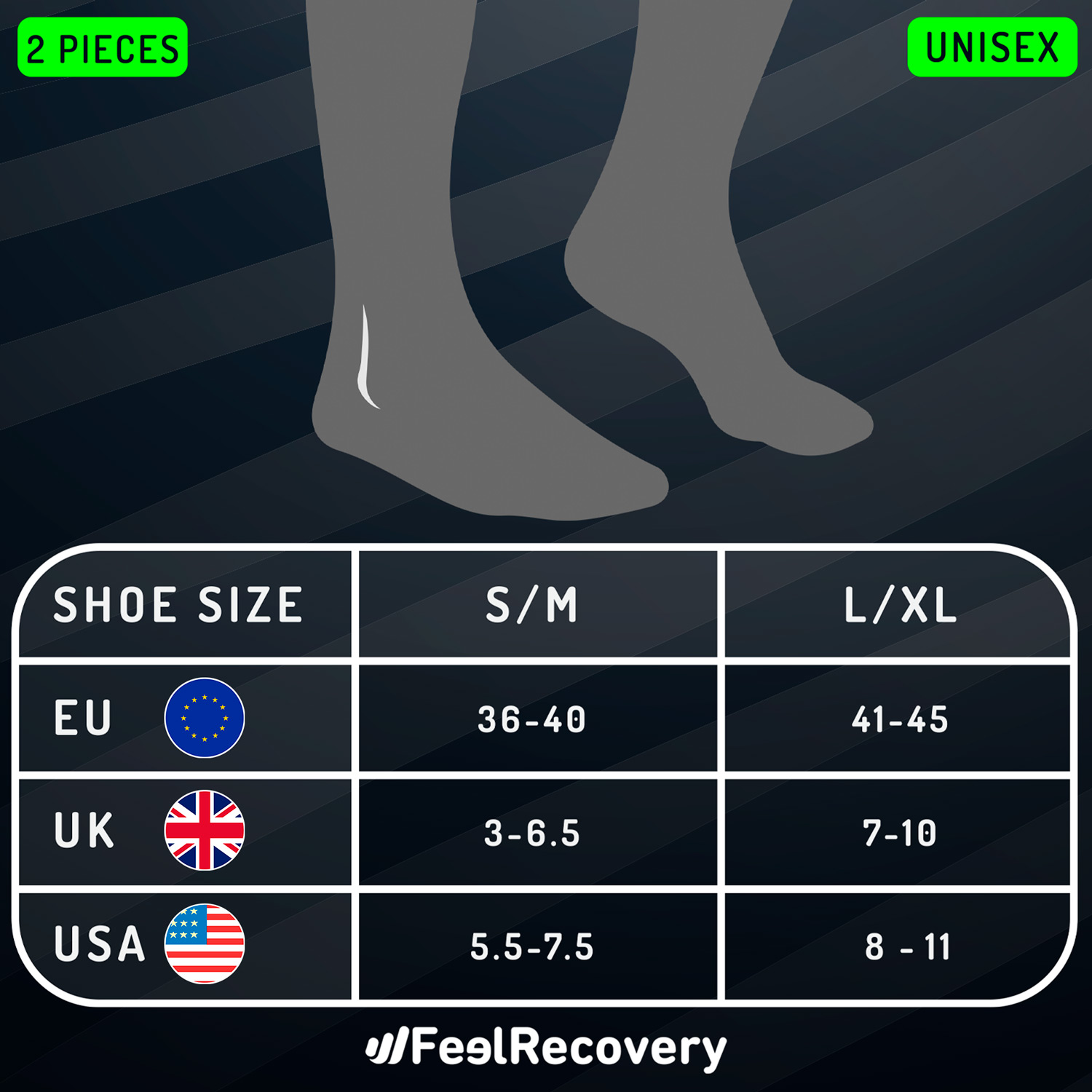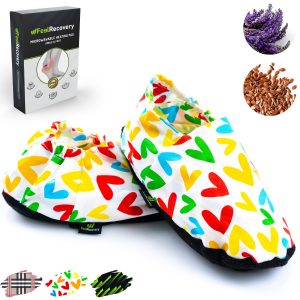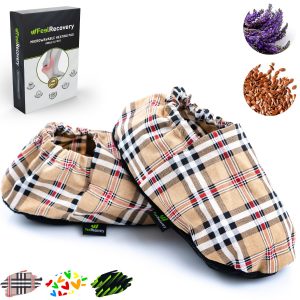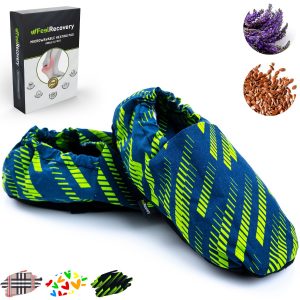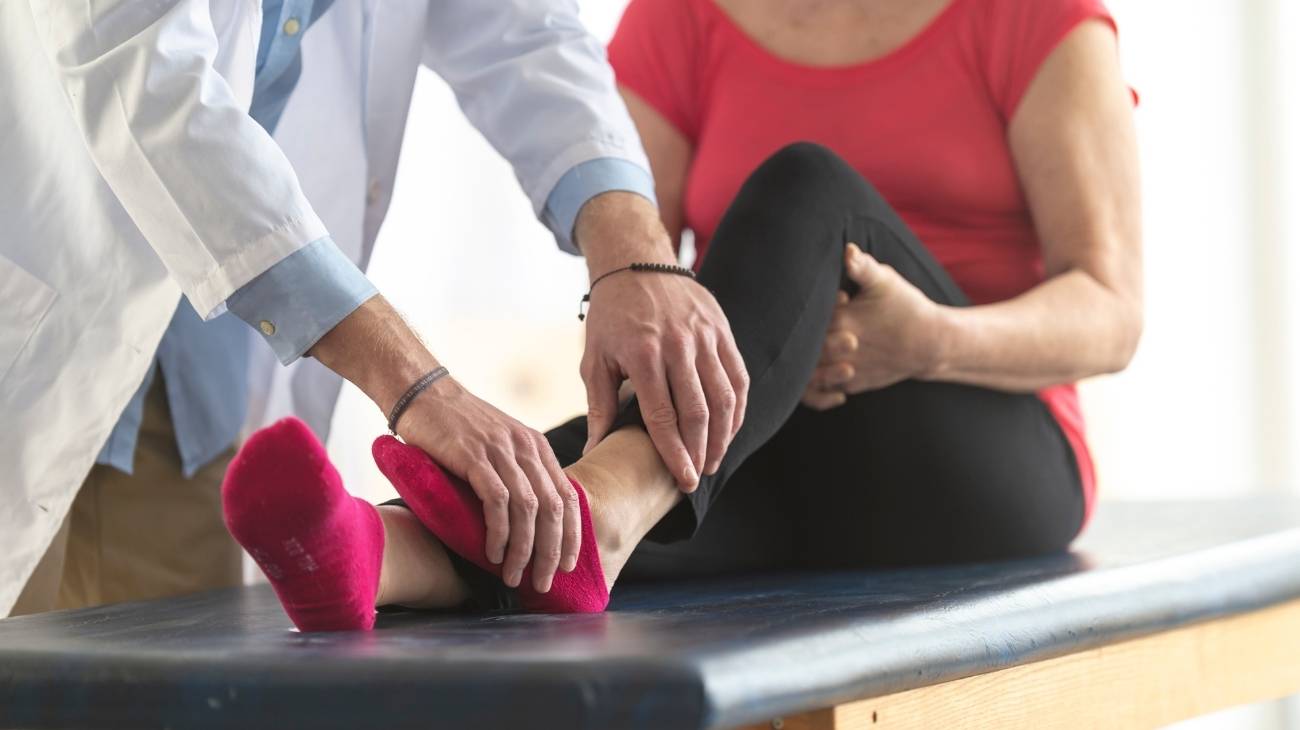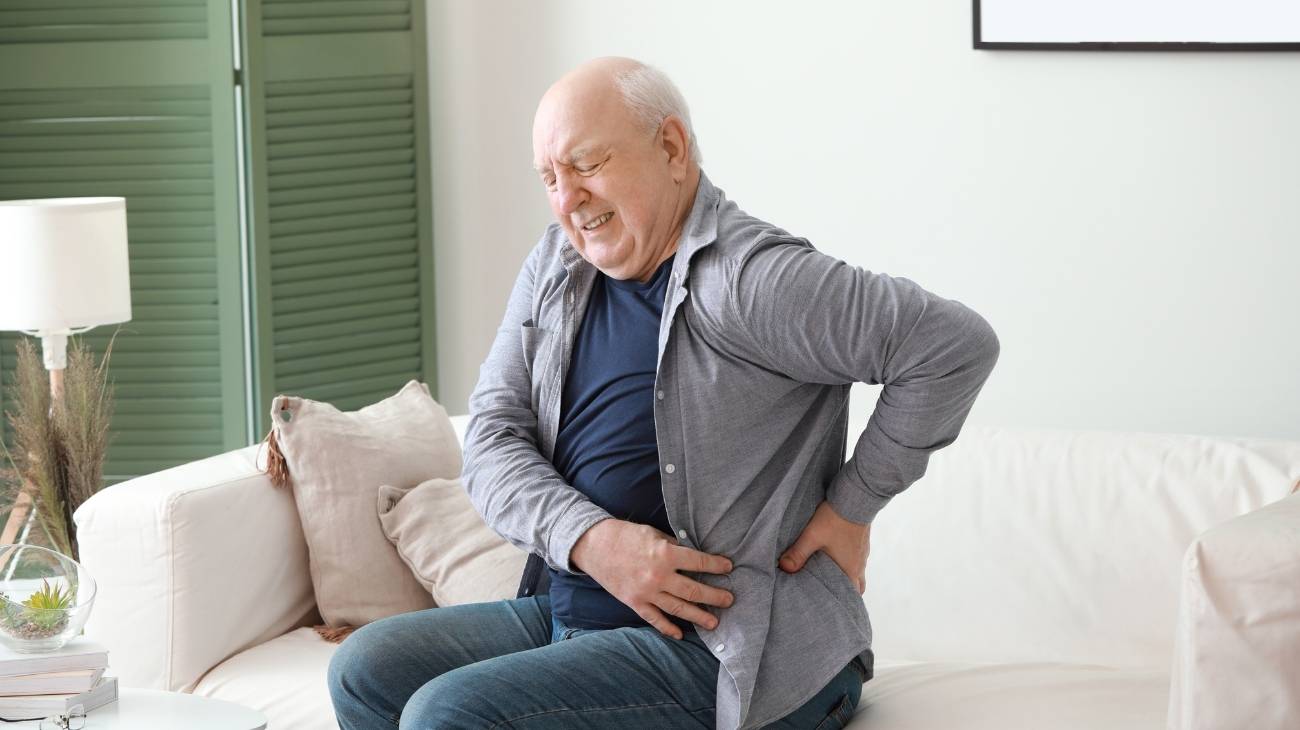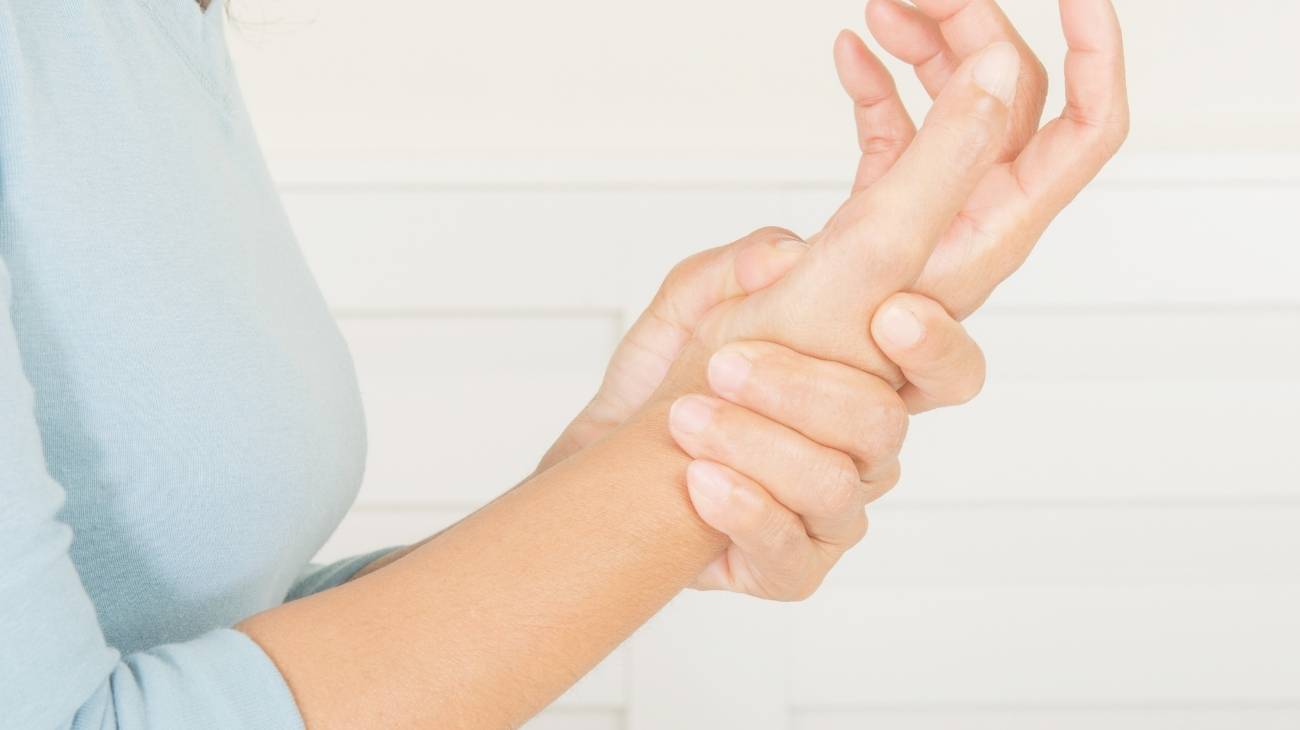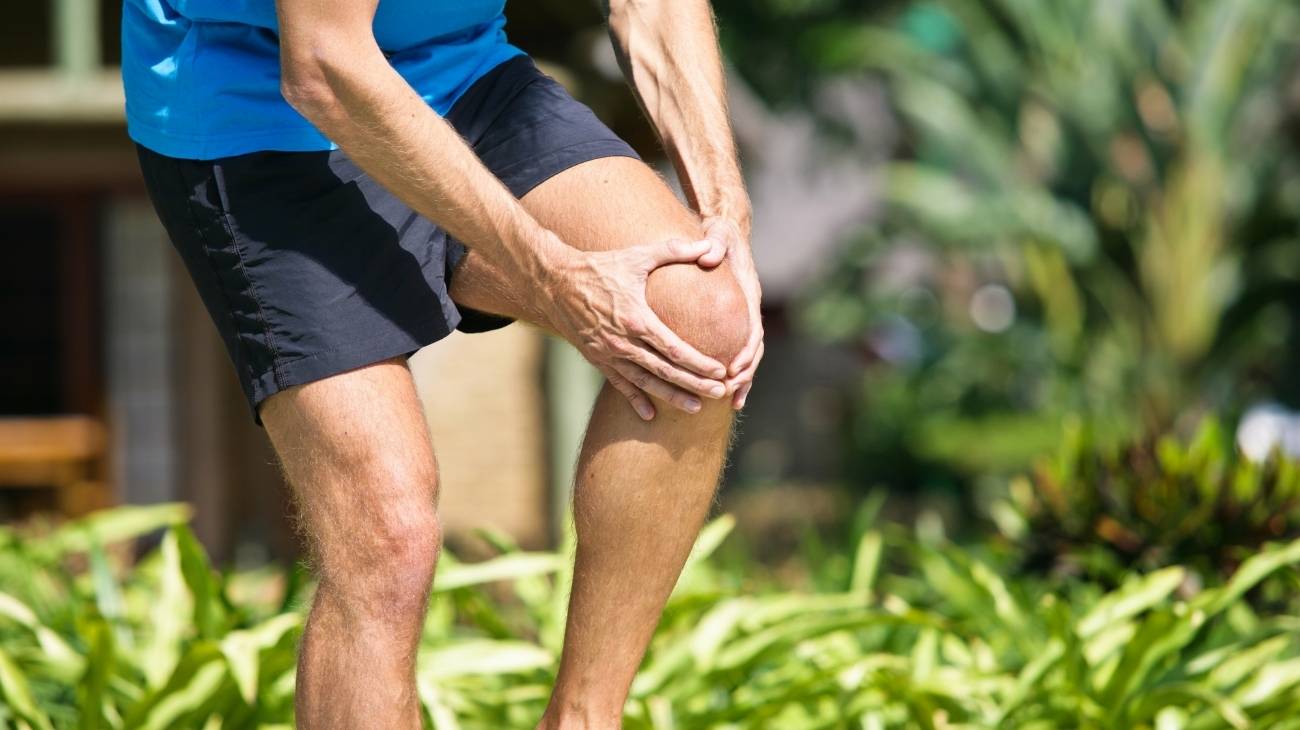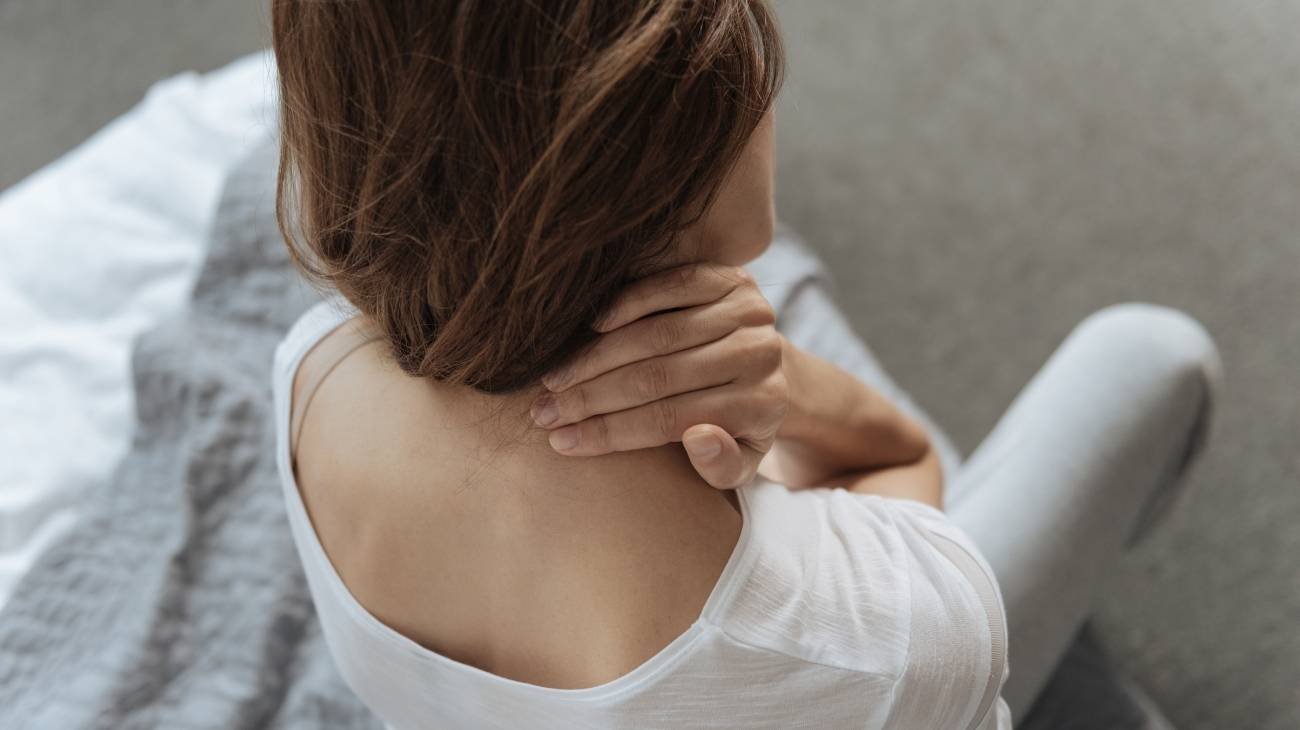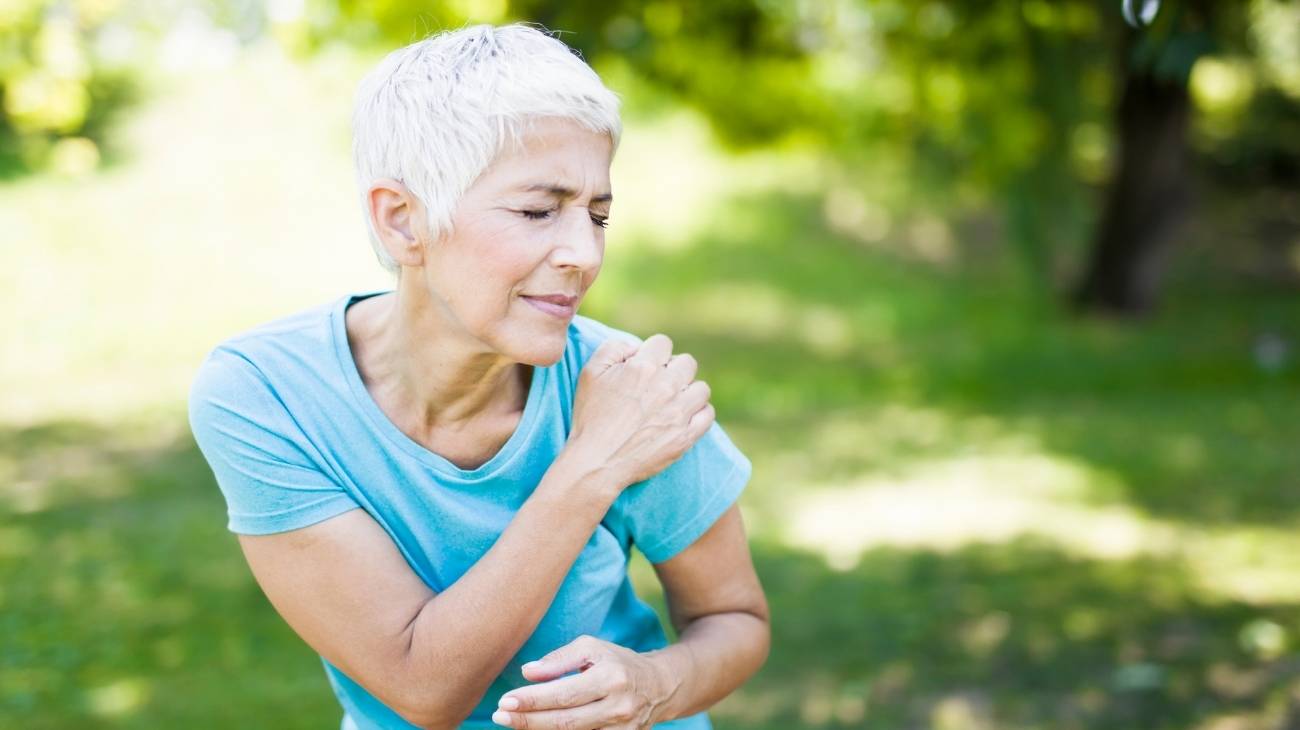Foot arthritis is a debilitating condition that affects the joints in the foot, leading to pain, stiffness, and swelling. It can make simple activities like walking or standing for long periods extremely uncomfortable. Fortunately, there are effective products and therapies designed to ease these symptoms and restore mobility.
Compression sleeves are one of the most effective tools for managing foot arthritis pain. These sleeves provide consistent pressure that improves circulation, reduces swelling, and supports the affected joints. Their lightweight and breathable design ensures comfort during extended wear, making them ideal for daily use.
Heat and cold therapy wraps offer dual benefits for alleviating foot pain. Cold therapy helps reduce inflammation and numb acute pain, while heat therapy relaxes muscles and enhances joint flexibility. Alternating between these therapies can provide immediate relief and long-term improvement in joint function.
Supportive insoles are essential for distributing pressure evenly across the foot. These specially designed inserts help align the foot, reduce strain on the joints, and improve overall posture, significantly alleviating arthritis-related discomfort during daily activities.
For advanced pain management, TENS devices (Transcutaneous Electrical Nerve Stimulation) are a non-invasive option. By delivering gentle electrical impulses, these devices block pain signals and stimulate the release of endorphins, offering effective relief without relying on medications.
Massage tools, such as handheld rollers or electric massagers, can also complement your arthritis treatment plan. These tools improve blood flow, reduce stiffness, and relax tight muscles surrounding the affected joints, promoting overall foot health.
Stretching and strengthening exercises tailored for foot arthritis can enhance joint stability and flexibility. Incorporating low-impact activities like yoga or specific foot exercises can prevent further damage and improve mobility. These exercises, combined with supportive products, create a holistic approach to managing arthritis pain.
Ergonomic footwear is another vital component of arthritis management. Shoes with cushioned soles, arch support, and extra room for the toes reduce joint stress and ensure maximum comfort throughout the day. Pairing these with compression sleeves or insoles enhances their effectiveness.
By integrating these products and therapies into your routine, you can reduce arthritis pain, improve mobility, and regain confidence in your daily movements.
FAQ: Frequently Asked Questions
What are the best products for foot arthritis pain?
Compression sleeves, heat and cold therapy wraps, supportive insoles, and ergonomic footwear are highly effective for managing foot arthritis pain and improving mobility.
How do compression sleeves help with foot arthritis?
Compression sleeves improve blood flow, reduce swelling, and provide support to the joints, making them a practical solution for arthritis pain relief.
Can heat and cold therapy relieve arthritis pain in the foot?
Yes, using heat and cold therapy alternately can help. Cold therapy reduces inflammation, while heat therapy relaxes stiff joints and muscles, providing immediate relief.
Are supportive insoles effective for arthritis pain?
Yes, supportive insoles distribute pressure evenly across the foot, align the joints, and reduce strain, making them highly effective for relieving arthritis discomfort.
What type of footwear is best for foot arthritis?
Footwear with cushioned soles, arch support, and wide toe boxes is ideal for reducing joint stress and ensuring comfort for individuals with foot arthritis.



